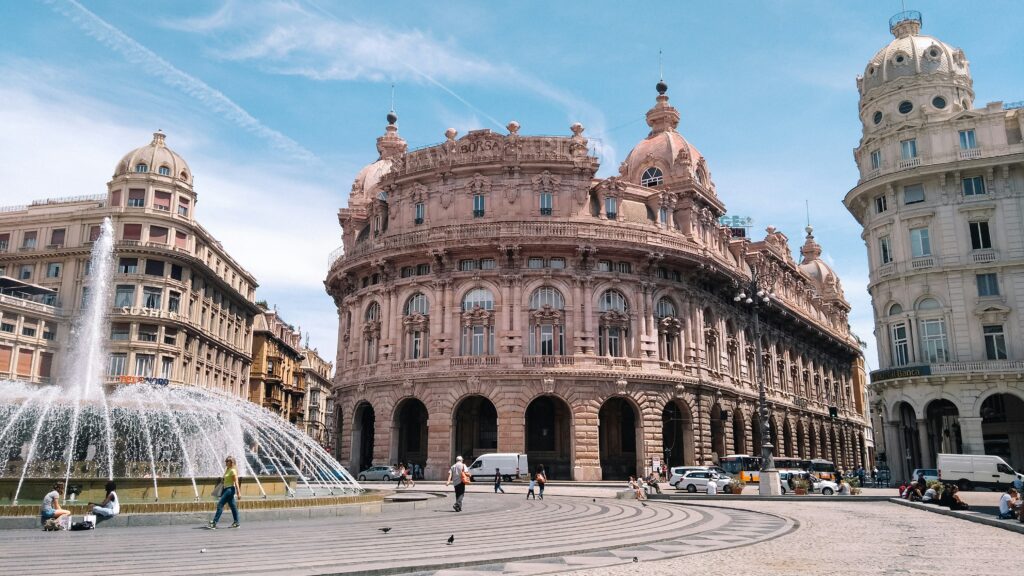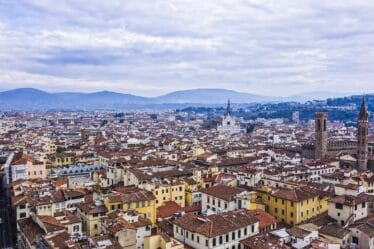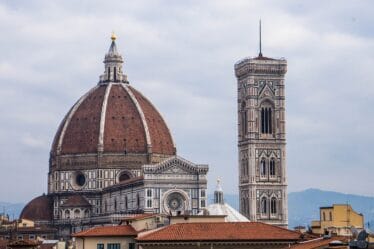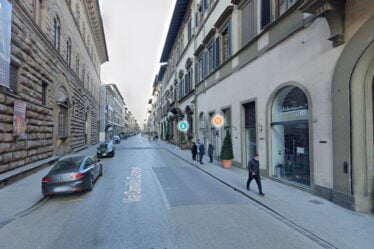

Introduction:
When Europe was engulfed in war, Genoa found itself at a crossroads. In 1630, during the devastating Thirty Years’ War, the Republic of Genoa faced a grave threat to its immense wealth and strategic Mediterranean power. The response was nothing short of revolutionary—Genoa’s Incredible Stone Walls were born. This record-breaking fortification became a symbol of Italian genius and resilience.
A City Under Siege
At the time, Genoa was not just any port city—it was a commercial giant, a thriving republic, and a vital player in European politics. But danger loomed. Enemy forces were moving in, and the republic’s wealth, independence, and influence were at serious risk.
Faced with the prospect of invasion, Genoa made a bold decision: build a wall—not just any wall, but Genoa’s Incredible Stone Walls, stretching over 20 kilometers.
A Monumental Task
To put things into perspective: constructing a modern 20-kilometer road today would involve years of bureaucratic delays, construction tenders, and technological infrastructure. Yet, in 1630, Genoa launched an architectural feat that still stuns engineers today.
These were not small ramparts or symbolic structures. Genoa’s Incredible Stone Walls became the longest city fortifications in Europe, an unprecedented project in both scope and scale.
According to Visit Genoa, the project started in March 1629 and, in an almost miraculous fashion, the main structure was completed by July 1631—just two years.
Building Without Modern Machines
But how was this possible? Without cranes, reinforced concrete, or motorized equipment, over 12,000 meters of walls were built using only pickaxes, shovels, and the relentless determination of thousands of workers. The workforce was made up of soldiers, laborers, and local citizens, all united by the urgency to protect their homeland.
This was not just an act of defense—it was a demonstration of what Italian ingenuity can accomplish under pressure. The speed, organization, and architectural precision were staggering.
If you visit Genoa today, you can still walk portions of the Mura Nuove, a reminder of this extraordinary achievement.
Legacy and Symbolism
Even centuries later, Genoa’s Stone Walls remain a testament to the spirit of a city that refused to surrender. They weren’t just stones and mortar—they were a final, defiant stand against the chaos of war.
For those passionate about history, architecture, or military strategy, the walls offer a fascinating case study. You can explore more on the historical context via Encyclopaedia Britannica – Thirty Years’ War or dive deeper into UNESCO’s archives on Italy’s cultural heritage.
Conclusion:
Genoa’s Walls are not just a record-breaking construction—they are a living example of Italian perseverance, coordination, and brilliance. In just two years, Genoa built what no other European city dared to even dream. And they did it with stone, sweat, and a vision that still inspires.



